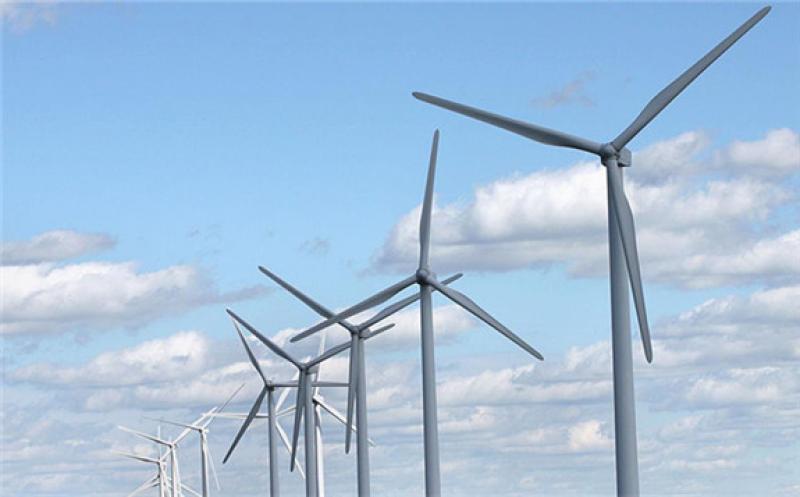Rocky Mountain Power has officially completed its Energy Vision 2020 initiative.

The program, first announced in 2017, more than doubled the electric utility’s existing wind energy generation capacity.
It included four new Wyoming wind projects — Cedar Springs I, Cedar Springs II, Ekola Flats and TB Flats — with a combined capacity of 1,150 megawatts, as well as the repowering of existing wind turbines and construction of a 140-mile stretch of transmission line between Medicine Bow and Rock Springs.
The expanded wind capacity impacts all six states served by Rocky Mountain Power’s parent company, PacifiCorp.
“This is a major step forward in realizing our vision of a future where PacifiCorp delivers energy to our customers affordably, reliably and without greenhouse gas emissions,” Stefan Bird, president and CEO of Pacific Power, PacifiCorp’s retail service division in Oregon, Washington and California, said in a statement.
Despite pandemic-related supply chain shortages, the last project to be completed — Carbon County’s 500-megawatt TB Flats wind farm — went online in April, but it took Rocky Mountain Power several months to declare the facility commercially operational.
“When we complete a project, there’s a period of time when we’re working with the developers to go through the final punch list of construction items, and making sure that all of the details of the project are completed and verified,” said David Eskelsen, a spokesman for Rocky Mountain Power.
Energy Vision 2020 came out of the company’s biennial resource planning process in 2017. The 2020 target allowed the wind projects to qualify for a federal renewable energy production tax credit of up to 1.5 cents per kilowatt-hour. In December 2020, Congress extended the tax credit program through the end of 2021, enabling all of the Energy Vision 2020 projects to qualify for the tax credit.
In the 2019 plan, PacifiCorp went even bigger. Its shortlist of projects planned for completion by 2024 includes six new Wyoming wind farms with a total capacity of more than 1,600 megawatts.
“We do have wind sites in other places: We have some power purchase agreements in Utah, we have our other large, utility-scale wind projects that we own in the Columbia River Gorge area,” Eskelsen said. “But if you look at where, at least in our service territory, the best wind density sites are, it’s Wyoming.”
PacifiCorp is still negotiating contracts with the developers behind those six wind projects and the 13 other shortlisted wind, solar, battery storage and transmission proposals. It expects to see a lull in construction until those contracts are complete.
A new wave of development is also expected to follow the release of PacifiCorp’s 2021 integrated resource plan, which will be published next month.
Wyoming wind will likely remain a priority for the energy company as it seeks to increase its renewable generation capacity.
“We’re not done yet,” Eskelsen said. “The demand for electricity is continuing to grow, the energy economy is changing rapidly, and so we look to Wyoming to be a resource to help us meet the needs of our customers for many years to come.”